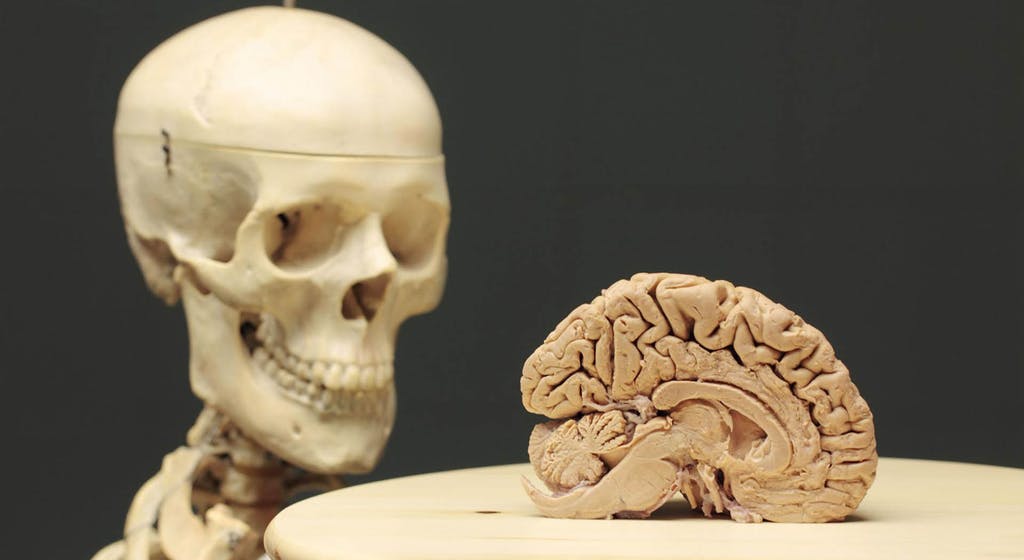Tuesday, 26 February 2019
A Podcast on the Nature of the Human Mind

Some of you may be aware of the distinction, in Cartesian radical dualism, between the extended thing and the thinking thing, otherwise known as the body and the mind. A similar but perhaps more insidious distinction is made between the brain and the rest of the body. Likewise, the distinction between the individual and the rest of his or her environment is still taken as self-evident. In all three cases, tradition and “basic common sense” naturally lead us to think of the two terms in each dichotomy as clearly separate things. But in all three cases, according to today’s cognitive science, we are quite simply wrong.
In the June 2018 episode of the podcast Brain Science, Ginger Campbell talks with Alan Jasanoff about his book The Biological Mind: How Brain, Body, and Environment Collaborate to Make Us Who We Are. Jasanoff takes issue with what he describes as a certain “mystique of the brain”—our tendency to overemphasize the brain as a “subject”, as it it had its own life disconnected from the organism in which it is housed. Jasanoff reminds us that, on the contrary, the brain is part of this body that is subject to the biological imperative to stay alive, to postpone for as long as possible the victory of entropy, the second law of thermodynamics—in short, death.
As Jasanoff sees it, if some cells in our bodies have become specialized into neurons that can communicate rapidly by means of nerve impulses, the basic reason they have done so is to find the resources in the outside world that are necessary for the body’s survival. Because animals, unlike plants, cannot use photosynthesis to convert solar energy directly into their bodies’ structural components, they have instead developed nervous systems that let them perceive the world and move around in it to find food (and partners with whom to reproduce). The growth in brain size of vertebrates over the course of evolution, resulting in the human brain, is thus indissociable from this imperative to maintain our homeostasis—the biological equilibrium of our internal environment.
From this perspective, it clearly makes no sense to think of the brain apart from the body. Yet that is what we still do all too often, as if we were hypnotized by the beautiful colours of brain images showing which parts of the brain are activated at any given time.
From the Simple to the Complex | Comments Closed








